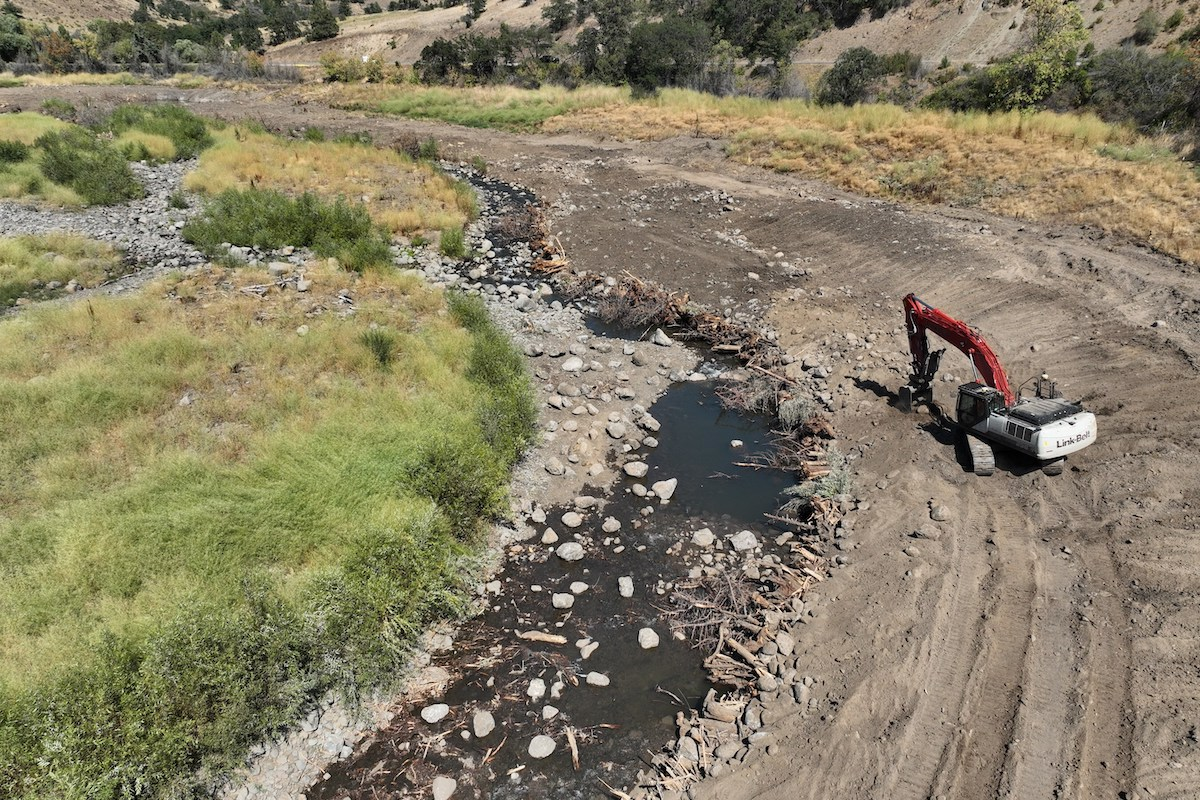Recognizing the global trend toward becoming carbon neutral and considering the tremendous increase in the production of electric vehicles, original equipment manufacturers (OEMs) are designing and producing electric construction equipment to meet the demand. These changes have reduced toxic emissions distributed into the atmosphere and the reliance on after-treatment devices in equipment.
When will OEMs move from diesel to all-electric engines? That’s hard to predict. But, the move toward electrification isn’t slowing down anytime soon. Here are a few FAQs about electrification in compact construction equipment.
In addition, smaller construction equipment is typically used indoors or close to homes or buildings where noise and emissions can be more of a concern for operators. Operating a conventional diesel machine in a confined, enclosed space, such as for indoor demolition, can be detrimental to the operator’s health or safety.
“Compact equipment has a higher tendency to be used in cities and residential areas where it works in close proximity to other equipment and operators,” says Thomas Lee Director of Product Management at Doosan Infracore North America. “Running a machine with green energy or zero emissions can help operators maintain their typical work practices without worrying about their health or safety. Electric machines have a great advantage over their diesel counterparts due to less noise and no emissions. With the global trend toward carbon neutrality and considering the tremendous growth of the electric vehicle industry, we can also expect high growth in electrified construction equipment.”

| Your local Trimble Construction Division dealer |
|---|
| SITECH Southwest |
| SITECH West |
“We foresee a faster shift to electrification as battery technology develops and lower costs are driven by mass production,” Lee says. “Within the last 20 years, technology has made advancements when it comes to electric machines. Most of the current electrified excavators are electric/hydraulic machines.”
If a manufacturer can store enough electricity to power a machine, they can now design an electric-powered system that provides the same level of performance as a similarly sized diesel-powered machine, specifically when it comes to performance features like lift capacity, breakout force and swing torque. However, electric machines have clear differences.
“These machines have a battery pack and electric motor instead of a fuel tank and diesel engine, and the rest of the components are the same,” Lee says. “All-electric machines replace the hydraulic cylinders with electric actuators, eliminating the need for hydraulic components.”
“Maintenance and performance are other considerations for manufacturers,” Lee says. “The simplified design of electric and hybrid machines is appealing because maintenance costs tend to be lower.”
“Charging facilities with a stable source of power need to be close to the jobsite,” Lee says. “Fast-charging, plugless power charging technologies developed from the electric vehicle industry can make an impact on the construction equipment industry.”

| Your local Gomaco dealer |
|---|
| Terry Equipment |
Other considerations are the battery size and the costs associated with electric machines.
“One of the focus areas is to find a sweet spot for the battery capacity, as it has a major influence over the machine uptime,” Lee says. “Designing a battery pack and deciding the capacity were the most important steps of producing an electrified mini excavator. Electrified machines have a higher initial price due to the excessive cost of the battery pack. Government support is critical to the long-term success of electric compact equipment.”
Some manufacturers already offer customers the choice of diesel or electric-powered mini or compact excavators, while others are on track to develop them in the next five to 10 years. There are many possibilities for electric power and innovation in compact equipment, which will likely carry through to larger earthmoving machines as the technology advances.



































































